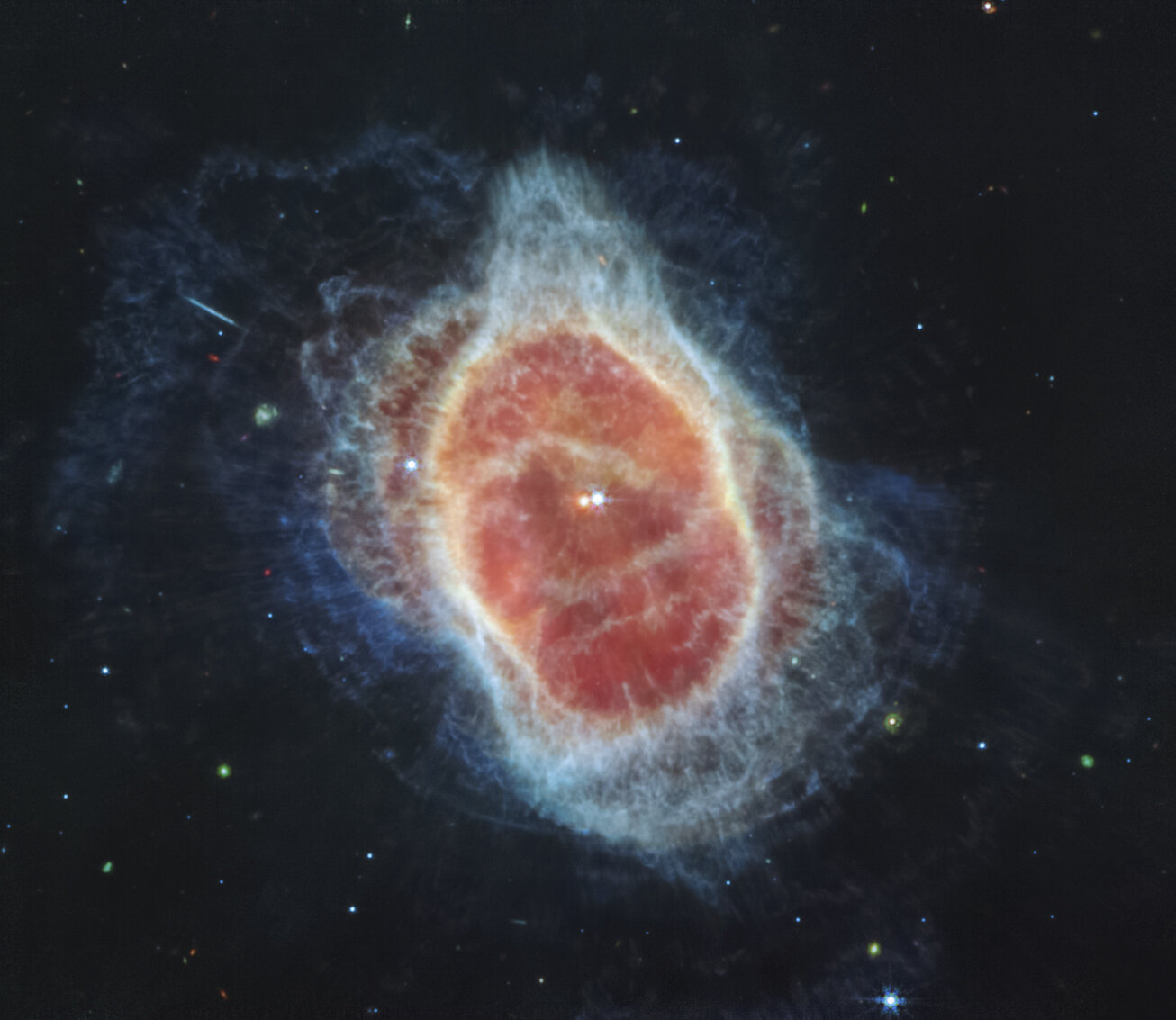
**The Universe’s Neglected Whisper: Researchers Detect the Most Metal-Deficient Supernova Ever Documented**
In a pioneering investigation, a global consortium of scientists has witnessed one of the most uncommon stellar explosions ever recorded—a supernova termed 2023ufx, which is recognized as the most metal-deficient star explosion ever noted. Emerging from the core collapse of a red supergiant star on the fringes of a nearby dwarf galaxy, this revelation paves the way for new insights into the primordial universe and may offer essential information regarding the development and destiny of the initial stars.
### A Cosmic Relic from the Early Universe
Supernovae such as 2023ufx serve as celestial laboratories for examining the fundamental components of the universe. Metallicity, a measure of the prevalence of elements heavier than hydrogen and helium within a star, is a crucial attribute in astrophysics. In the instance of 2023ufx, the supernova’s significant scarcity of metals has garnered attention for its remarkable similarity to the conditions of stars from billions of years ago, shortly following the Big Bang.
“When the universe first came into being, metals as we know them today hadn’t formed yet,” stated Michael Tucker, the principal author of the research and a fellow at The Ohio State University’s Center for Cosmology and AstroParticle Physics. “To grasp how the Milky Way and other galaxies developed, it is vital to comprehend the behavior of the first stellar explosions. These explosions played a significant role in seeding the subsequent generation of stars with metals and dramatically shaped their environments.”
The research, recently featured in *The Astrophysical Journal*, indicates that 2023ufx offers a glimpse of what supernovae might have appeared like in the infant universe. This represents only the second instance of a supernova with such low metallicity ever recorded, rendering it a crucial reference for astronomers.
### The Significance of Metal-Deficient Supernovae
Metals originate within the cores of stars and are dispersed throughout space via supernovae. By studying metal-poor stars, astronomers can more effectively reconstruct the cosmic timeline—the narrative of how stars and galaxies came into being, evolved, and ultimately formed the environment we occupy today.
The presence (or lack) of metals has a profound impact on a supernova’s physical traits. For example, low-metallicity stars frequently undergo unique nuclear reactions, affecting the luminosity and lifespan of the supernova explosion. Tucker’s team noted that 2023ufx shone brightly for only 20 days, in contrast to the usual 100-day brightness seen in its metal-rich counterparts.
The findings further disclosed that 2023ufx expelled a considerable volume of swiftly moving material during its detonation. This implies that the star was rotating rapidly at its end, an unusual trait that could illuminate the dynamics of early stellar evolution. Such stars likely possessed feeble stellar winds—faint streams of particles released from their surfaces—enabling them to maintain angular momentum and gather rotational energy until their explosive end.
“If we aim to comprehend how today’s galaxies came to be, exploring the behavior of these metal-deficient stars and their influence on their surroundings in the past is indispensable,” added Tucker.
### An Unexpected Find in a Distant Galaxy
One of the most surprising elements of this discovery was its relatively close proximity to the Milky Way. Typically, metal-poor supernovae are exceedingly faint and typically found in the distant reaches of the universe. Nevertheless, sophisticated instruments like NASA’s James Webb Space Telescope (JWST) have transformed astronomers’ capabilities to identify such elusive objects, even in nearby dwarf galaxies, which offer valuable parallels for conditions in the primordial cosmos.
“There are hardly any metal-poor sites remaining in the nearby universe,” remarked Tucker. “However, thanks to JWST, locating these faint objects has become significantly more feasible, bringing us closer to comprehending our cosmic beginnings.”
Although the detection of 2023ufx was fortuitous, it has already produced intriguing outcomes. Observations of its host galaxy—a tiny, metal-poor dwarf galaxy—correlate with evidence suggesting that early universe galaxies were also low in metals. Over time, stellar explosions contributed to an interstellar enrichment process that would ultimately lead to the formation of metal-rich galaxies like the Milky Way.
### Understanding Stellar Evolution and Future Investigations
The distinct characteristics of 2023ufx imply vital clues about the universe’s first stars. Considering its rapid rotation and weak stellar winds, this supernova might also unlock secrets about other puzzling phenomena, such as black holes formed from collapsing low-mass stars. Future investigations could also explore whether the progenitor of 2023ufx belonged to a massive star system or had its materials stripped away by a nearby binary companion.
“Currently, we’re merely scratching the surface,” Tucker clarified. “We’re still in the early stages of the JWST era and continuously uncovering elements that challenge our understanding of how galaxies and stars functioned in the early stages.”